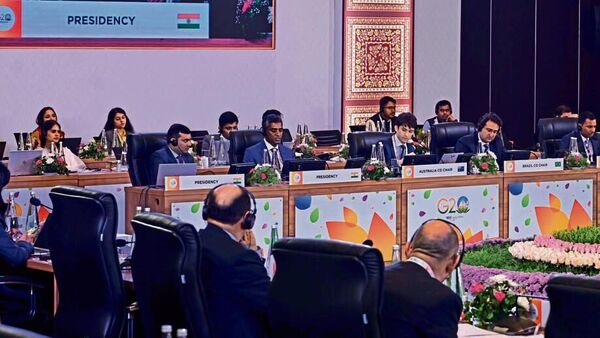Recently, G20’s infrastructure working group concluded its meeting in Visakhapatnam. The focus was on urban infrastructure financing. Mint explains why the financing of future cities is a pressing need and the options available.
Why is there a focus on financing cities?
The UN’s Sustainable Development Goals Report, 2022, states that by 2050, seven out of 10 people are likely to be living in urban areas. The India story is no different: by 2047, half of the country’s population will be living in urban areas. So cities need to be better planned, with infrastructure focussed on spatial, social and economic inclusion. Spatial and social inclusion would mean providing affordable necessities, such as housing and water. Economic inclusion would include jobs. Indian cities will need capital investment of $840 bn by 2036 in infrastructure and municipal services, says a World Bank report.
What are the financing avenues for cities?
Indian cities occupy just 3% of the nation’s land but contribute over 60% to its gross domestic product (GDP). With growing urbanization, revenue from tax and non-tax sources and grants from central and state governments are proving to be insufficient. Public private partnerships, issuance of municipal bonds and green bonds by urban local bodies (ULBs), land value capture in terms of additional floor space index etc., could be the alternative financing sources. Also, local bodies could look at recovering user charges for sanitation, water etc. If successful, this would help improve their creditworthiness.

View Full Image
What steps has the central government taken?
The Union budget proposed an urban infrastructure development fund of ₹10,000 crore per year for public agencies to create infrastructure in tier-2 and tier-3 cities. Other measures include safe and dignified sanitation, state-led investment for urban development and incentivizing cities to increase their creditworthiness for municipal bonds.
What is happening with municipal bonds?
The municipal bond market has been an untapped source of financing which the urban local bodies are trying to build on. The NSE has 28 municipal bonds issued by 10 cities—Pune, Hyderabad, Indore, Amravati, Bhopal, Visakhapatnam, Ahmedabad, Surat, Ghaziabad and Lucknow. As per reports, the government has identified over 30 cities with good ratings in the municipal bond market. The Indore Municipal Corporation, this year, became the first city to issue green bonds on the NSE.
What more can be done?
Commercial debt financing, including loans and bonds, is one option. Any bond purchase is done with three aspects in mind: return on investment, whether the bond has sovereign backing, and if there is a tax incentive. A sovereign backing gives confidence to investors and the government could provide a guarantee. Making them tax-free couldn’t hurt—tax benefits for interest income or capital gains for instance.
Jagadish Shettigar is a faculty member at BIMTECH and Shiven Misra is an architect.
Download The Mint News App to get Daily Market Updates & Live Business News.
More
Less
#finance #mega #cities #future
